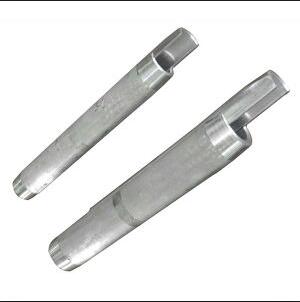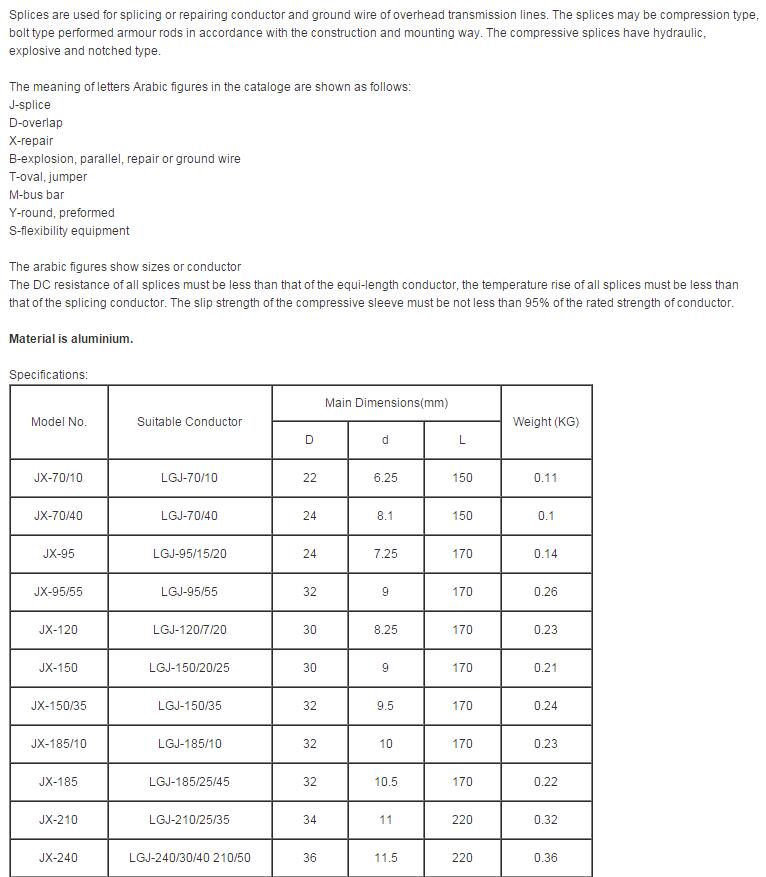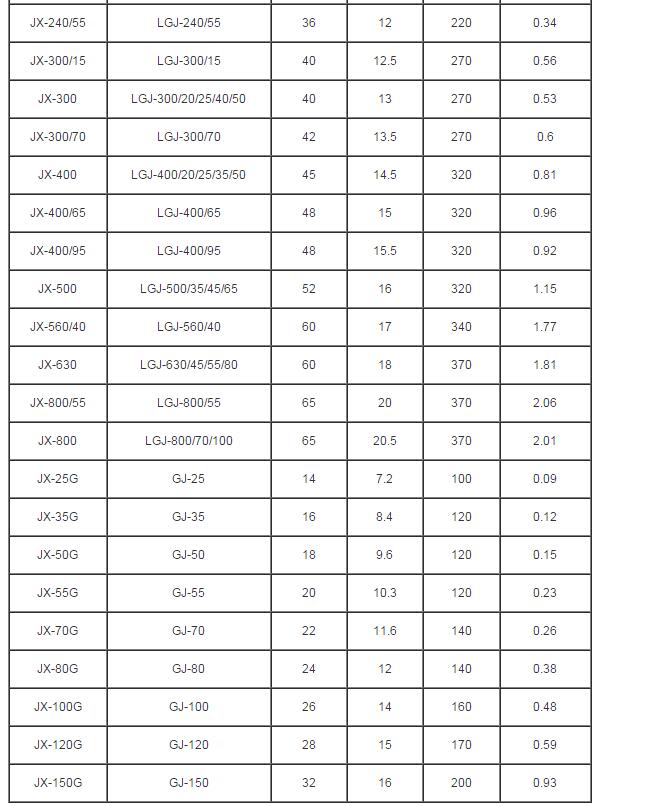Correct use of relay technical parameters
1, the choice of contact load
Contact load refers to the bearing capacity of the contacts. The contacts of the relay can withstand a certain voltage and current during switching. Therefore, when using a relay, it should be considered that the voltage applied to the contacts and the current passing through the contacts cannot exceed the contact load capacity of the relay. For example, a relay with a contact load of 28V (DC) × 10A indicates that the relay contact can only work on a circuit with a DC voltage of 28V. The contact current is 10A, which exceeds 28V or 10A, which will affect the normal use of the relay. Even burned contacts.
2, the choice of relay coil power supply
This refers to whether the relay coil uses direct current (DC) or alternating current (AC). In general, beginners use electronic circuits in electronic production activities, and electronic circuits are often powered by DC power supplies. Therefore, it is necessary to use relays in which the coil is a DC voltage.
3, the choice of relay rated operating voltage
The rated operating voltage of the relay is the most important technical parameter of the relay. When using relays, the operating voltage of the circuit where the relay coil is located should be considered first. The rated operating voltage of the relay should be equal to the operating voltage of the circuit. The working voltage of the general circuit is 0.86 of the rated working voltage of the relay. Note that the workpiece voltage of the circuit must not exceed the rated working voltage of the relay, otherwise the relay coil is easily burned. In addition, some integrated circuits, such as the NE555 circuit, can directly drive relays. However, some integrated circuits, such as the COMS circuit, have small output currents and need to add a transistor amplification circuit to drive the relay. This should take into account that the transistor output current should be greater than The rated operating current of the relay.
Splices are used for splicing or repairing conductor and ground wire of overhead transmission lines. The splices may be compression type, bolt type performed armour rods in accordance with the construction and mounting way. The compressive splices have hydraulic, explosive and notched type.




If you have any questions, please contact with us directly.
Our company is solemnly committed to the majority of customers: reasonable price, short production cycle, considerate service. We look forward to cooperating with you.
Repair Sleeves,Aluminium Repair Sleeves,Splicing Fitting Repair Sleeves,Cable Repair Sleeves
Shandong Vantage International Trade Co., Ltd. , https://www.sdvantage.com